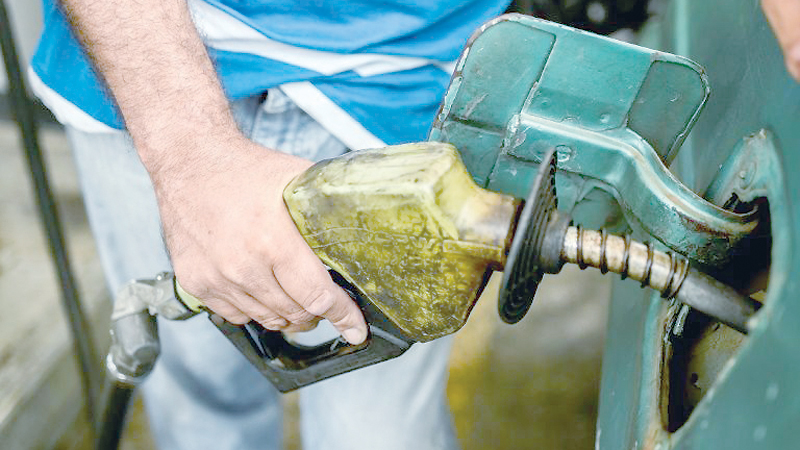

Federico Parra
ِA litre of 91-octane gasoline in Venezuela costs one bolivar — but an egg in the hyperinflation ravaged economy costs 200,000 bolivars, and one US dollar trades on the black market at 3.5 million bolivars
In Venezuela’s inflation-hit economy, a single US dollar can buy 3.5 million litres of gasoline — an absurdity that the government says it will tackle with a hike in the cost of state-subsidised fuel.
But just how far can President Nicolas Maduro go without getting his fingers burned?
Maduro announced on July 29 plans to adjust the price of gasoline and regulate sales based on the so-called “fatherland card,” an electronic card that provides access to subsidies. As a first step the government began a census of motor vehicles, set to end on Sunday.
A litre of 91-octane gasoline currently costs one bolivar, while 95-octane gas costs six. By contrast, a single egg in Venezuela’s hyperinflation ravaged economy — estimated by the IMF at one million per cent in 2018 — costs 200,000 bolivars.
A dollar on the country’s black market is currently trading at 3.5 million bolivars. Experts say the retail price of gasoline covers just between two and four per cent of its cost of production.
Maduro has kept details of the fuel price adjustment under wraps, but he said that “we are paying to throw it away... we need to move to a rational usage.” Yet talking openly about cutting the gasoline subsidy has been a taboo since the 1989 riots known as the “Caracazo,” which were triggered by a rise in fuel prices and left 300 people dead in Caracas and towns surrounding the capital.
Even though the iconic late leader Hugo Chavez questioned the rock-bottom prices of state-subsidised fuel during his term in office between 1999 and his death in 2013, even he never touched them.
In 2016, Maduro authorised the first price hike in 20 years, but only by between 1.328 per cent and 6.566 per cent, which made no impact on the derisory prices.
The new adjustment will come at a time of profound stagnation, in an economy that has not stopped shrinking since 2014.
Fuel subsidies have cost the Venezuelan government $10 billion a year since 2012, petroleum expert Luis Oliveros said.
That has created a such a gaping hole in the budget that the government has tried to fill by printing more money, which in turn has created even higher inflation, Oliveros said.
“It is a lie that increasing the price of fuel is an inflationary measure,” he said. “The subsidies are hyperinflationary.”
The situation has only been made worsen by the drop off in oil production from 3.2 million barrels a day in 2008 to 1.5 million in 2018. That is why the operating capacity of refineries has fallen and gasoline imports have risen. In a perverse twist, there has been a decrease in the demand for fuel because 90 per cent of Venezuela’s public transport vehicles are out of operation because there cannot buy spare parts to keep them on the road, according to unions.
Venezuela imports 33,600 barrels of gasoline and 36,000 barrels of diesel a day from the United States, according to the US Energy Information Agency. — AFP
Oman Observer is now on the WhatsApp channel. Click here



